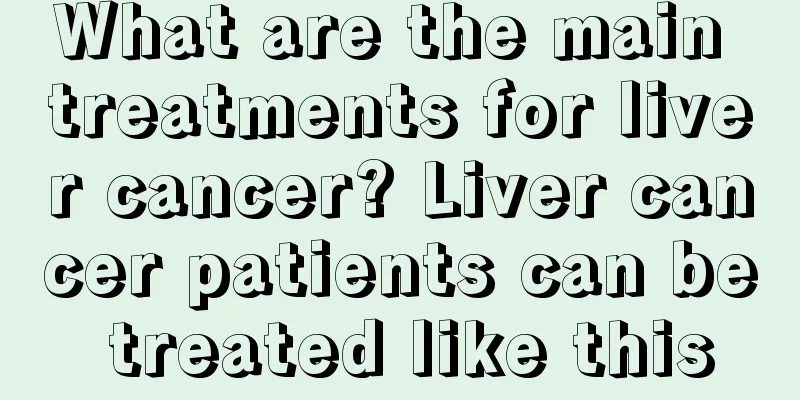The best way to treat prostate cancer

|
The best treatment for prostate cancer usually involves surgery and radiation therapy, both of which are effective in eradicating the cancer. Treatment strategies may differ for different stages and types of prostate cancer. Let’s take a closer look. 1. Surgical treatment Surgery is one of the common methods of treating prostate cancer, especially for early-stage patients whose cancer has not yet spread. The goal of surgery is to completely remove cancer cells, which is usually achieved through prostatectomy. This process may sound scary, but for many patients, it offers hope of cure. After surgery, patients need a period of recovery during which they may experience some side effects, such as urinary incontinence or erectile dysfunction. However, advances in modern medical technology have made these side effects well controlled. 2. Radiation therapy Radiation therapy is another effective treatment, especially for patients whose medical conditions prevent surgery. Using high-energy rays, radiation therapy can kill cancer cells and shrink tumors. There are two main forms of radiation therapy: external radiation therapy and internal radiation therapy (brachytherapy). Which method you choose depends on your specific situation and your doctor's advice. The advantage of radiation therapy is that it is a non-invasive treatment, but it can also cause side effects such as fatigue and skin reactions. 3. Active monitoring Active surveillance is a reasonable option for men with low-risk, localized prostate cancer, especially those who are older. This strategy involves regular examinations and monitoring of the cancer's progression rather than taking aggressive treatment measures right away. Intervention occurs only when the cancer shows signs of rapid progression. This approach helps avoid unnecessary treatment and its possible side effects and is suitable for men whose tumors grow slowly or who have few symptoms. 4. Comprehensive treatment strategy In some cases, combining multiple treatments may be the most effective strategy. For example, surgery may be followed by radiation therapy to eliminate any remaining cancer cells, or hormone therapy may be given before radiation therapy to shrink a tumor. Such combined treatments can improve cure rates, while also taking into account the patient's overall health and quality of life. 5. Adjustment of lifestyle Regardless of the treatment you choose, a healthy lifestyle is essential for prostate cancer patients. A balanced diet, moderate exercise, and a good mental state can help improve treatment effectiveness and quality of life. Patients can work with a nutritionist or health counselor to develop a personalized health plan to support their physical recovery. Each patient's situation is unique, and choosing the best treatment requires a combination of factors, including the stage of cancer, the patient's age, and overall health. Working closely with a professional doctor and fully understanding the pros and cons of various treatment options is key to making an informed decision. I hope this information provides you with some useful reference. |
<<: Early symptoms of vulvar melanoma
>>: Early symptoms and precursors of liver cancer
Recommend
What to do if your hair is cut badly
Nowadays, many girls go to barber shops or beauty...
A big hard lump on my face
Both male and female friends want smooth and deli...
What's the matter with excessive saliva
Many people drool a lot in normal times. It is no...
Can I eat onions after removing a mole?
Many people wonder whether they can eat onions af...
What can't you eat if you have diarrhea
The weather is hot and cold, and it is inevitable...
Prostate cancer causes frequent sexual activity
The occurrence of prostate cancer is not directly...
Playing basketball can increase height
For many young people, they regret not working ha...
What are the nursing methods for lung cancer? Using 3 methods to care for lung cancer patients is the most reasonable
People of all ages are likely to get lung cancer,...
What is cardamom
What is cardamom? This question puzzles many frie...
What are the symptoms of kidney stones? The symptoms of kidney stones are also diverse
In the urinary system, kidney stones are the seco...
There are yellow spots on the white of the eye
Everyone knows that diseases will occur, but many...
What are the causes of recurrent anal fissures
Anal fissure is a disease that many patients fear...
What will happen if you smell too much mothballs
Camphor balls are an item that many people have u...
What is the reason for bones making cracking sounds when walking
Joints are important components that connect vari...
Yellow water flows from the buttocks_yellow water flows from the buttocks
In daily life, we are often troubled by some cond...









